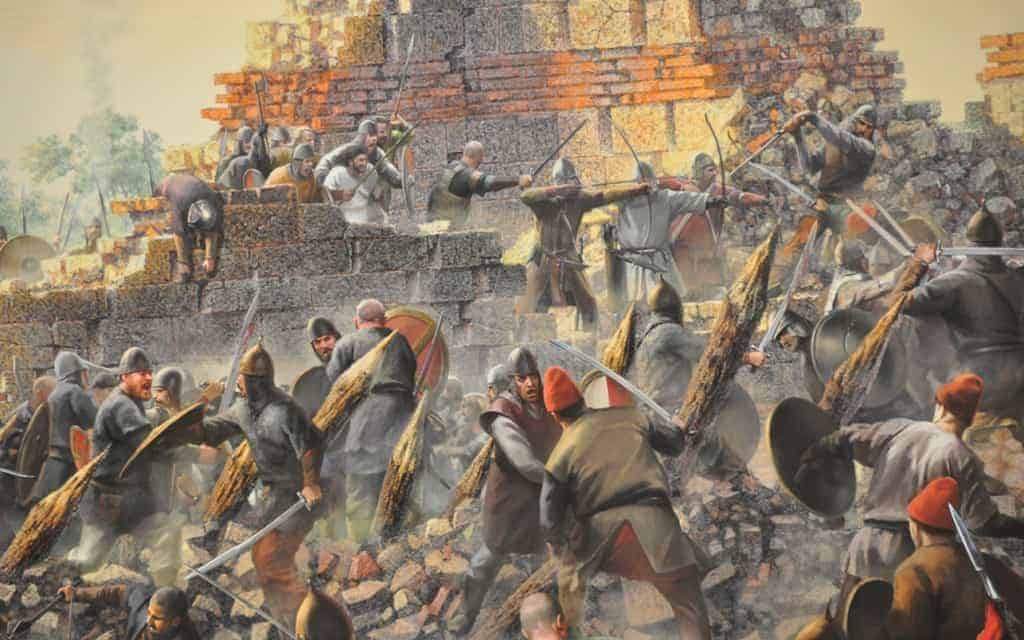The Byzantine stand at the Siege of Constantinople in 717/718 was one of the most crucial military successes of the Middle Ages. Had the Arabs successfully captured the Byzantine capital, they would have been able to march into south-eastern Europe almost unopposed. The delay caused by their defeat ensured that Western European forces were able to come together and drive the Muslims back. The city did not fall to the forces of Islam for over 700 years until Mehmed the Conqueror took Constantinople on May 29, 1453.
The Arab threat was so great that the Bulgars, who were hardly fans of the Byzantines, stood side by side with their erstwhile enemies to ensure the Muslim invaders were defeated. The Bulgars had only established friendlier relations in 716 but Khan Tervel knew the implications of a Byzantine defeat. Also, the Bulgars had designs of their own and wanted to be the ones to capture Constantinople at a later date. It was a long brutal siege, but eventually, the Byzantine and Bulgar combined armies forced the Umayyad Caliphate to retreat and while the Arabs continued to harass Byzantine territories, their goal of total conquest was thwarted.

Background
Timing is everything and when Islam was formed, its leaders were determined to spread their faith through a combination of warfare and proselytization. The Muslims arrived on the scene just as the Persians and Byzantines had almost destroyed one another during the quarter century-long Byzantine-Sasanian War (602 – 628). The Arabs easily annihilated the weakened Sassanid Empire and turned their attention to the Byzantines. When Mu’awiya established the Umayyad Dynasty in 661, his goal was to destroy the Christian Byzantine Empire. According to legend, the Caliph said that whoever was involved in the capture of Constantinople would have all his sins forgiven.
Between 674 and 678, Muslim armies tried and failed to capture Constantinople. The Byzantines used Greek Fire to destroy Arab ships and in 678, Emperor Constantine IV was able to force a treaty with Mu’awiya. It was a 30-year treaty and the Caliph agreed to pay 3,000 gold pieces, 50 thoroughbred horses, and 50 captives per annum. The peace didn’t last long because the Arabs resumed their attacks under the leadership of Abd al-Malik (685 – 705). Although Islam was spread as far as India and Spain, the Muslims continued to obsess over the capture of Constantinople.

Caliph Walid aimed to capture the city but he died in 715 before he had the chance to begin the assault. Sulayman was his brother and successor, and he proceeded with the project. According to Arab accounts, a Caliph with the name of a prophet would be the man to take Constantinople. Sulayman (or Solomon) was the only Umayyad family member to have such a name. However, he became ill and had to entrust the invasion to his brother, Maslama ibn Abd al-Malik.
Once again, it seemed as if the Arabs had perfect timing because the Byzantine Empire was facing a leadership crisis. Anastasius II became emperor in 713 and he knew an invasion was coming so he repaired the walls, brought in supplies, and sent for more troops. A revolt by his soldiers led to the crowning of Theodosius III as emperor in 715. However, the provincial tax collector was never comfortable as ruler and the Armeniakon and Anatolikon theme armies wanted a competent military commander, and they found one in the nick of time.

